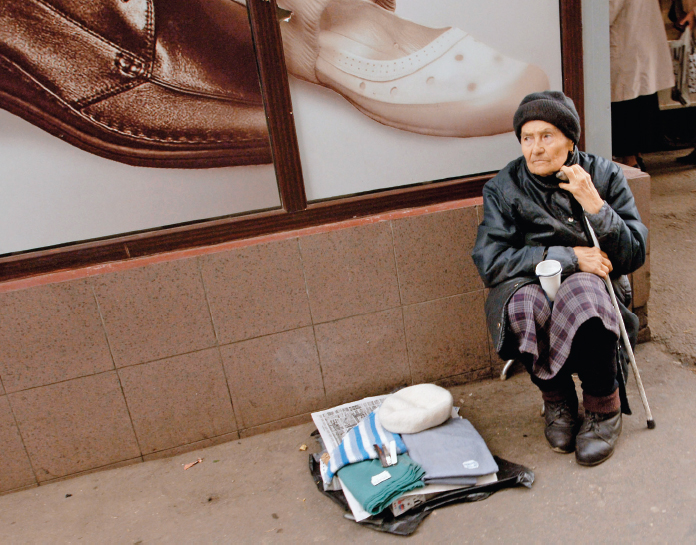Understanding Western Society
Printed Page 952
| > | How did life change in Russia and the former East Bloc countries after 1989? |

EESTABLISHING LIBERAL DEMOCRATIC GOVERNMENTS in the former East Bloc countries and the Soviet Union, now divided into fifteen republics with Russia at its core, would not prove easy. While Russia initially moved toward economic reform and political openness, it returned to its authoritarian traditions in the early 2000s, and conflict undermined Russia’s relations with some former Soviet republics.
The transition to democracy in the countries of the former Communist East Bloc was also difficult. Some countries, such as Poland, the Czech Republic, Hungary, and the Baltic States, established relatively prosperous democracies and joined NATO and then the European Union. Others, such as Romania and Bulgaria, lagged behind. In multiethnic Yugoslavia, the collapse of communism and the onset of a disastrous civil war broke the country apart.